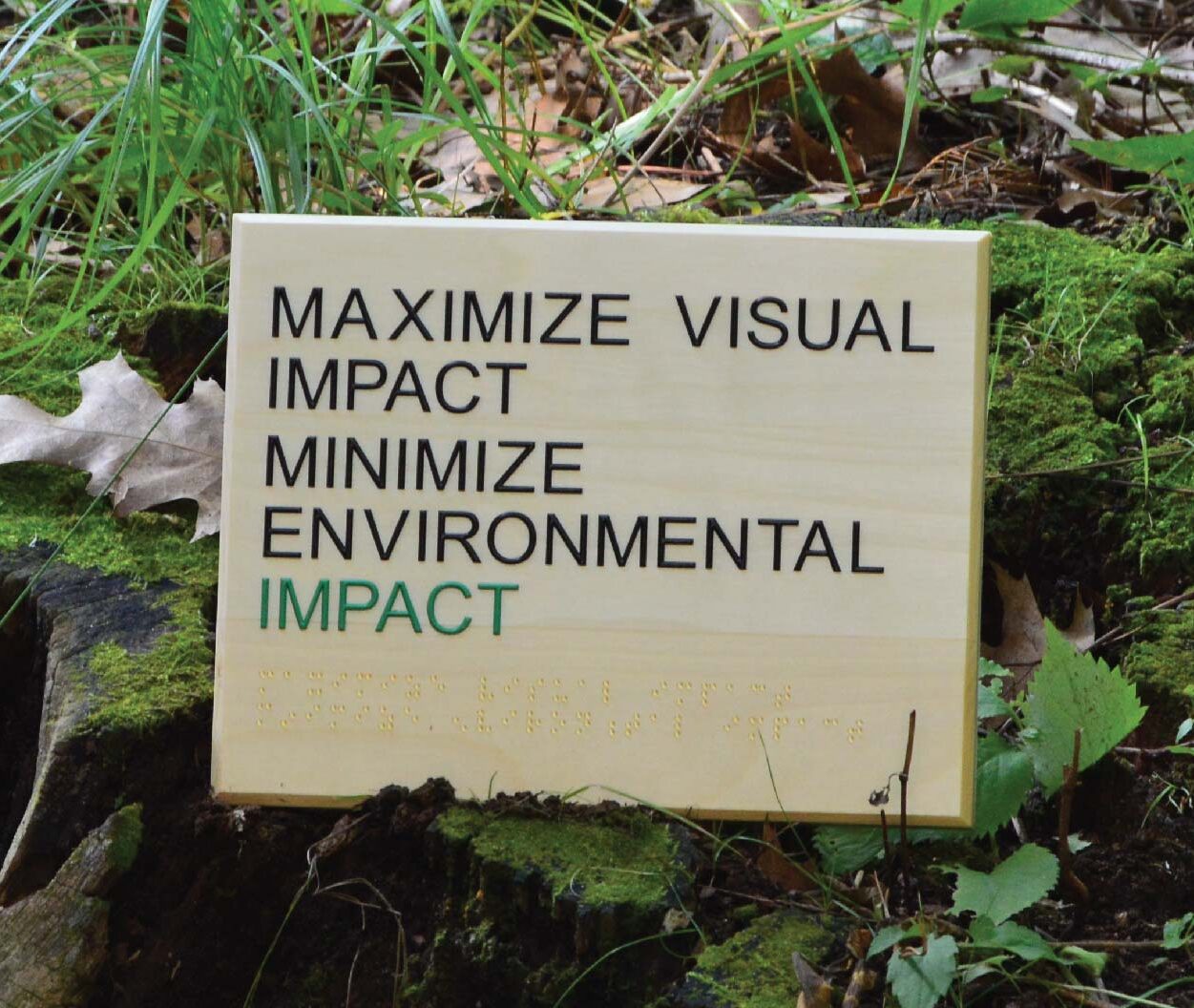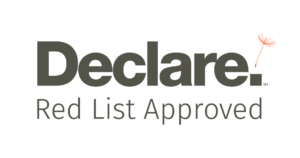EIGHT WELL BUILDING STANDARD SIGNAGE SURVEY FINDINGS
In July 2021 Green Dot Sign surveyed thirty AECO industry professionals about their sign preferences and perceptions of WELL Building Standard signage. Survey participants were primarily recruited through LinkedIn and the Green Dot Sign® email newsletter. A tree was planted for each completed survey through onetreeplanted.org.


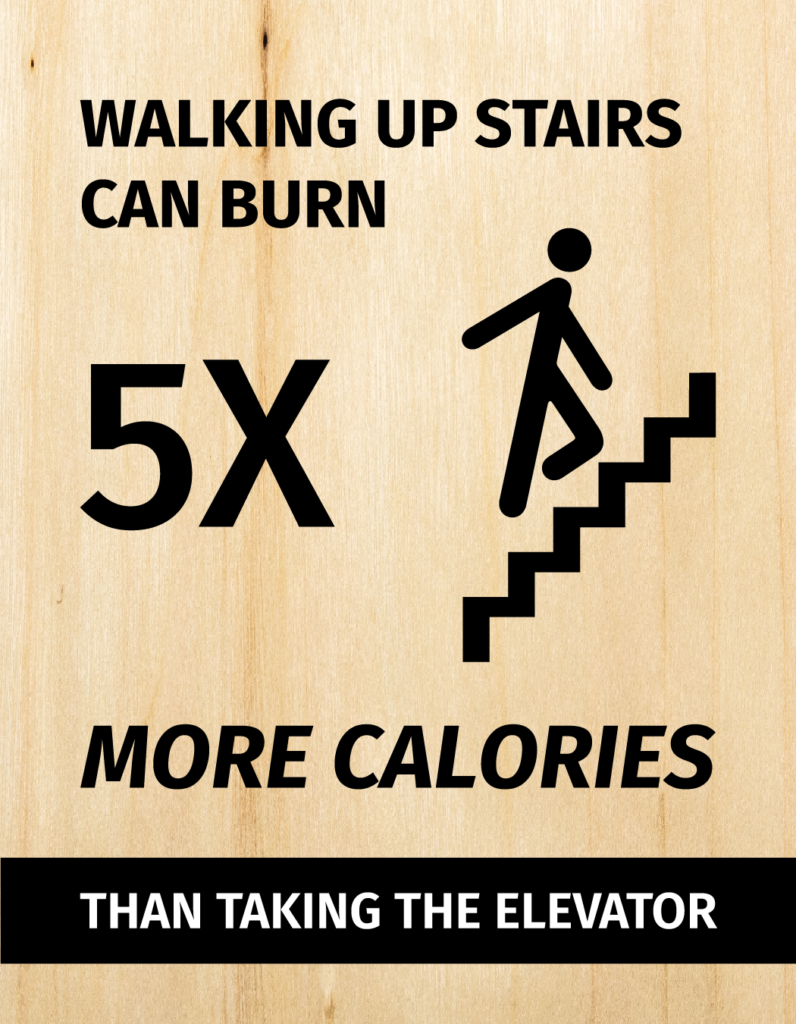
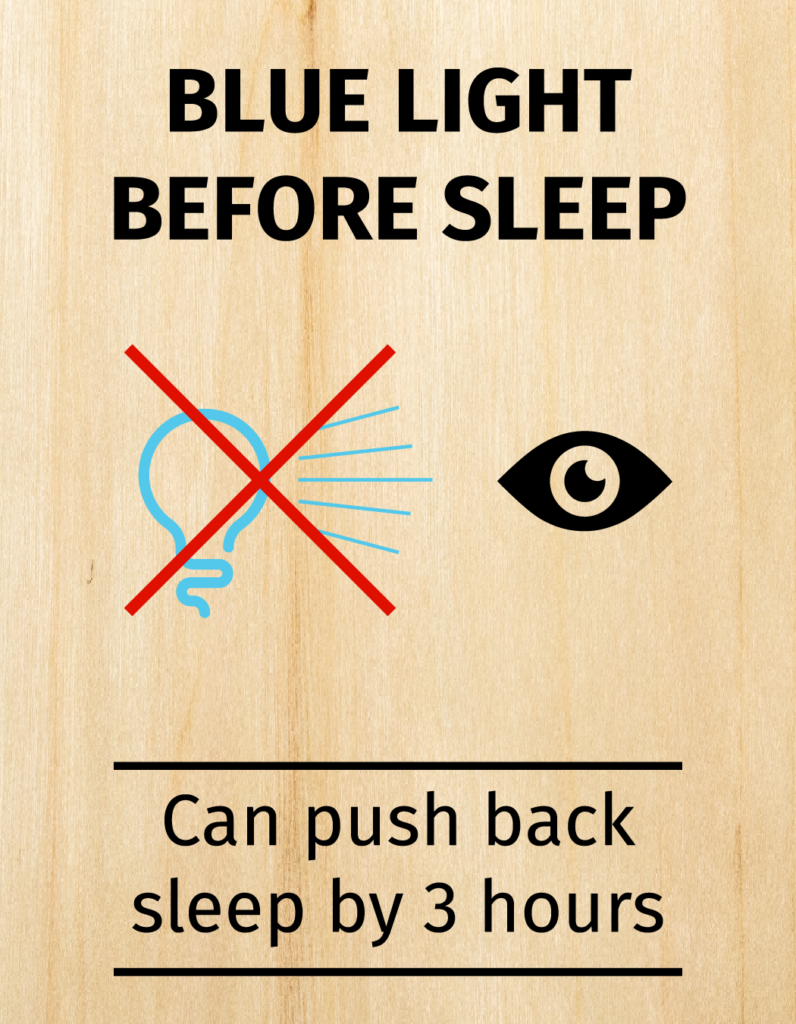
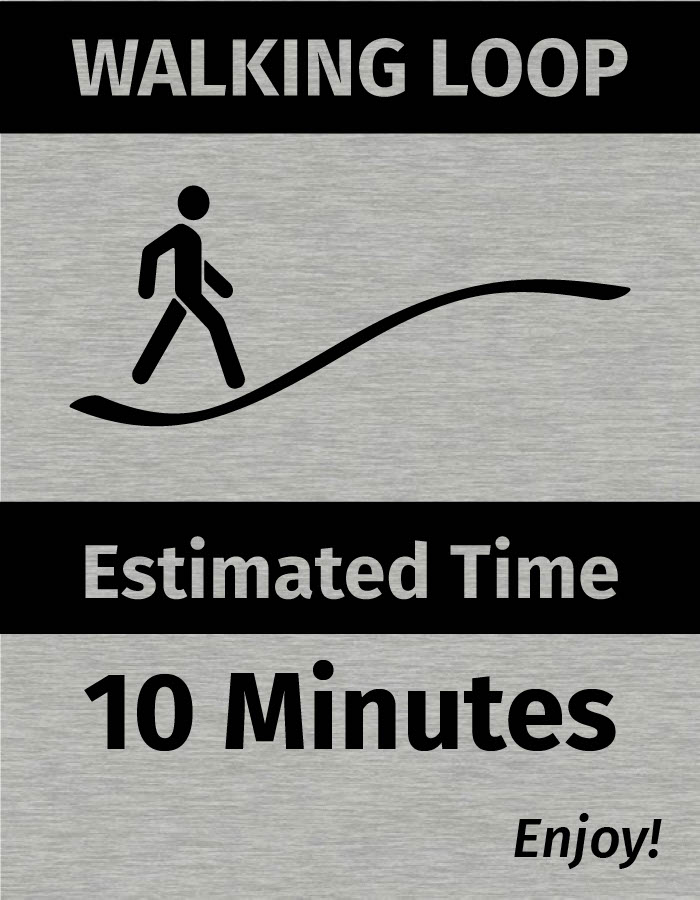


1. Signage is relevant in WELL buildings.
To varying degrees, all survey respondents agreed that signage is an important component of WELL buildings. The majority of participants, 57%, strongly agreed that signage is an integral aspect of their WELL projects.
2. Most AECO professionals want eco-friendly signage.
In the survey, 80% of respondents agreed that they would specify or purchase eco-friendly signage. Only one respondent was uninterested in eco-friendly signage.
3. Material transparency is important.
Most AECO professionals prefer to know their signs’ material composition. A sign’s material ingredients are not less important than its appearance according to 80% of respondents.
4. Signs with a Declare label are also preferred.
Similarly to eco-friendly specs, 90% of AECO professionals surveyed agreed that FSC100% signage and a Red List Declare label certification is desirable. Only three participants were neutral on whether or not a Declare label would make them more likely to select a particular sign option.
5. WELL Building Standard signage could be better understood by the signage industry.
Trouble finding sign suppliers that understand the WELL Building Standard framework was reported by 38% of respondents. Another 44% were neutral regarding if it is difficult to find a supplier familiar with WELL.
6. Many designers want to submit custom WELL Building Standard signage designs.
In our survey 48% of respondents would like to submit custom sign designs. This was balanced by another 38% which provided a neutral response and 10% without a desire to submit their own sign designs.
7. WELL Building Standard signage designs and packages should be easy to understand and cohesive.
Several themes emerged from detailed feedback on the above five WELL Building Standard signage designs. First, signs should contain more graphics and less text. Although, for clarity sometimes words should be spelled out and symbols should not be used. Last, signs should be visually appealing with nice typography, attractive colors and uniform design throughout a signage package.
8. Some sign designs more likely to be used in WELL buildings than others.
The number of respondents likely to use any particular sign message in their WELL building varies from 63% to 40% with the “Hydrate” sign being the most likely to be used and the “Walking Loop” WELL Building Standard sign the least likely to be used in a building project.

